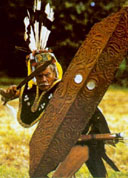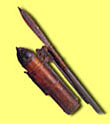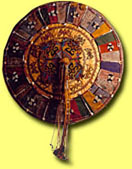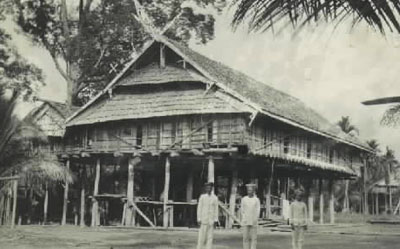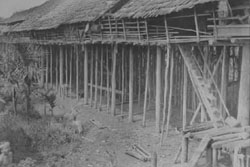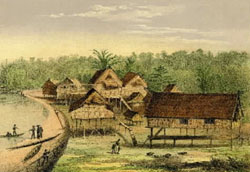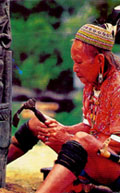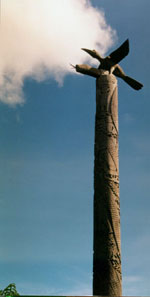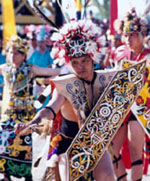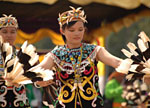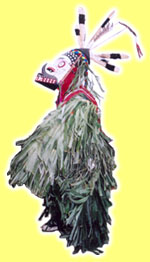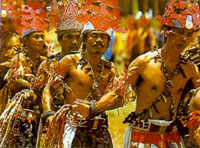
Fine art includes one branch of art which consists of sculpture, painting and decorative arts. Sculpture on the people of Bali have experienced a long development, namely
(1) statues patterned megalithic derived from pre-Hindu era and is seen as a liaison man with the ancestors and the forces of nature,
(2) statues of the gods, as the media humans with the gods and Hindu influences of this type is a Buddhist,
(3) sculpture themed figures from the Ramayana and Mahabharata stories,
(4) other forms of reliefs carved on the walls of the house door and the pillar of the house,
(5) statues naturalist.
Similarly, painting, also has undergone a long journey. At the start of the paintings are symbolic magical like rerajahan religious paintings, such as painting on Parba, ceiling and ider-ider through the paintings of naturalist.
Traditional arts are classified according to their functions into three types: (1) dance wali (sacred dance), which is a sacred religious dance, (2) bebali dance, dance accompaniment of the ceremony, (3) dance-balihan balih the dance-dance that serves as entertainment. Types of sacred dance is referred to (a) dance sanghyang dedari; (b) dance rejang sutri; (c) Pendet; (d) line dance big, tumbak, jangkang line, trench lines, pusi, sraman, tekok whiz, (e) a display mask, (f) lumah puppet, puppet sudhamala; (g) abuang dance; (h) bruntuk dance; (i) dance daka malon, (j) ngayap dance; (k) dance kincang kincung; (l) means clothing / axle sacred by the local community.
Literary art is a noble heritage and a source of reference as well as other art forms. The ancient people of Bali have been familiar with the writing or the Balinese script. The whole art of Balinese literature includes five times as follows: Ancient literature Bali, Balinese Hindu, Bali, Java, Bali and the Balinese New Modern.

